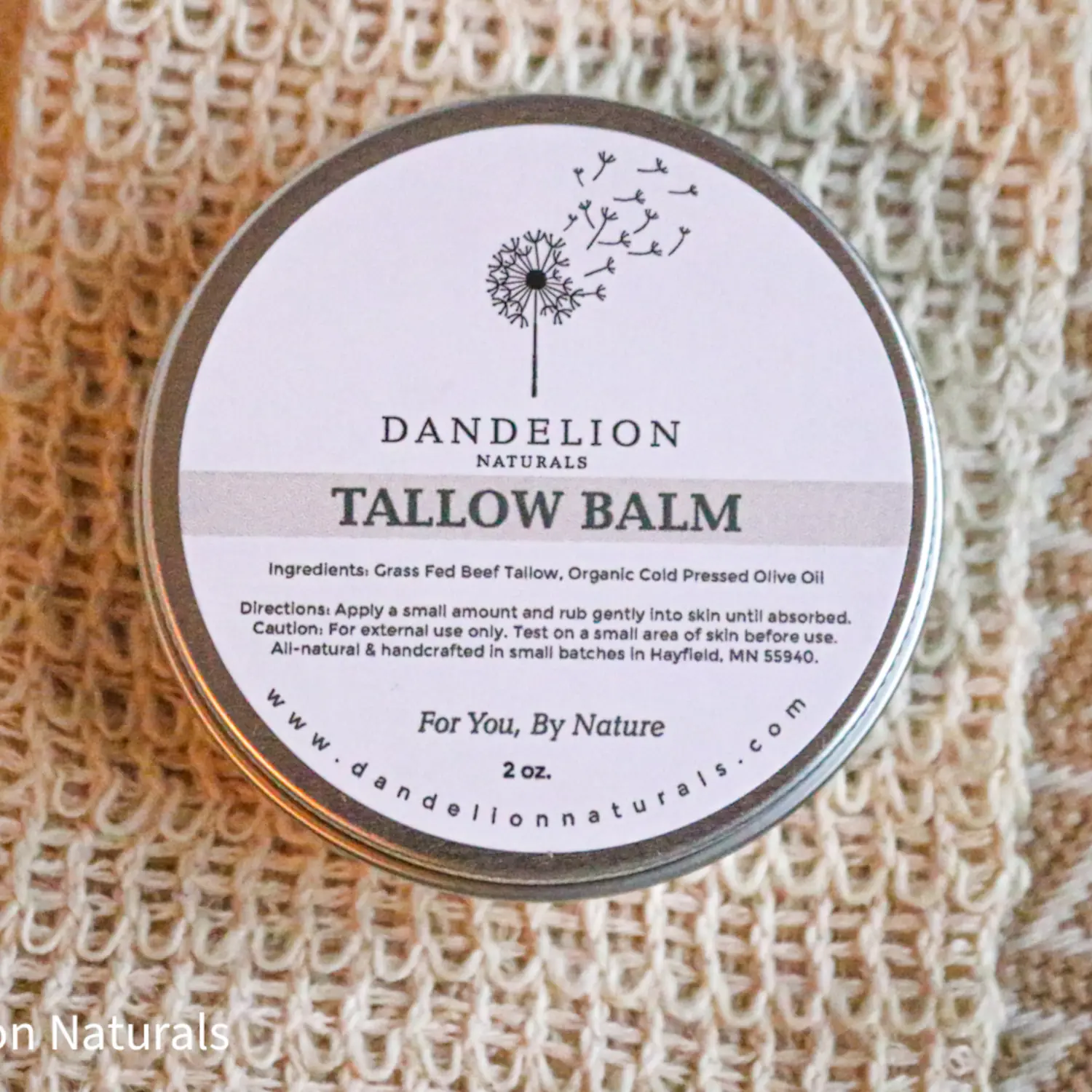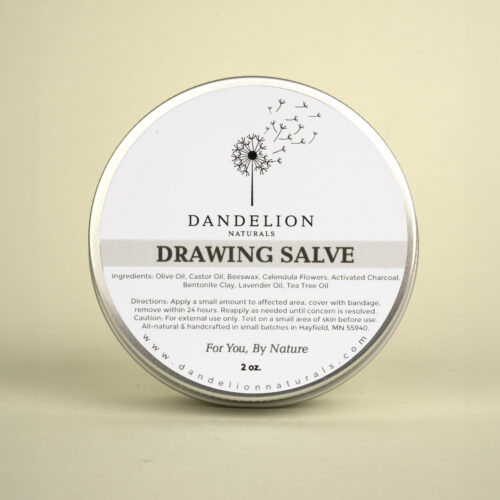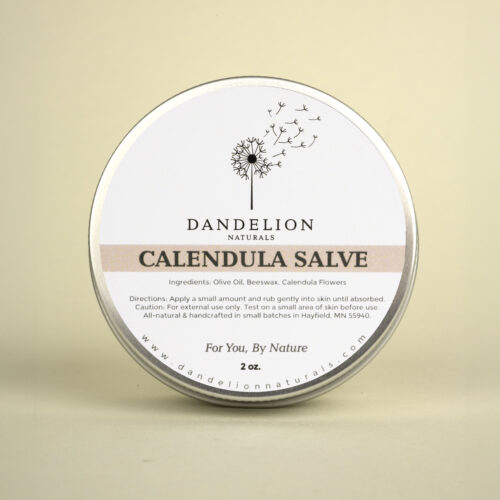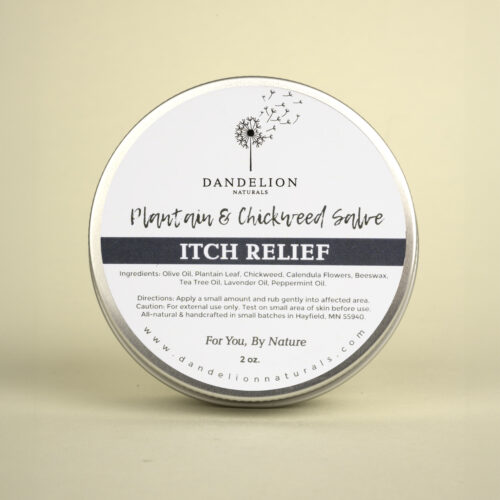Goat milk vs cow milk: Which is better for skincare? That is a question not easily answered by a yes or no answer. But let’s take a look at each one and see what similarities and differences they have.
Differences
- They come from different animals and thus also carry different nutrients even just based on different diets.
- Goat milk’s 9 grams of protein per cup is one gram higher than that of cow milk. Cow milk is higher in folate, selenium, and riboflavin as well as significantly higher in vitamin B12. Goat milk has more vitamin A, vitamin C (cow milk has none), vitamin B1, magnesium, and considerably more potassium. (1)
- Goat milk contains an average of 12.2% total solids, consisting of 3.8% fat, 3.5% protein, 4.1% lactose, and 0.8% ash. Compared to cow milk, goat milk is higher in fat, protein, and ash and lower in lactose. Compared to cow milk, goat milk has higher levels of medium‐chain fatty acids such as caprylic acid (C8) and capric acid (C10). On the other hand, cow milk contains higher levels of butyric acid (C4) and occasionally palmitic acid (C16:0). (2)
- Cow milk may interfere with iron absorption in children. In contrast, goat milk improves the body’s ability to absorb nutrients from foods eaten alongside it. (3)
- Lactoferrin in goat milk is in a high concentration.
- Goat milk is naturally homogenized (cow milk is not). This means that cream floats to the top of cow milk. (8)
Similarities:
- Cow and goat milk actually have similar Ph levels. Fresh Cow milk is 6.5-6.7 (5). Fresh goat milk is 6.4-6.7. (4) The human skin is actually around 4.7-5.7 (17).
- Goat milk and Cow milk both maintain more nutritional and bioavailable value when in their raw state vs. a pasteurized state.
- Both goat and cow milk that are from animals that have eaten a herbaceous diet vs. a grain diet will contain more nutrients.
- You can find breeds of goats and cows that produce A2/A2 milk.
- Dr. Patel notes that commonly used milks including cow, goat, and donkey milk all contain vitamin A and D, as well as lactic acid. They also boast fatty acids that help repair the skin barrier — this means milk-based skincare is an excellent choice for those with dry skin and conditions such as eczema. “When the skin barrier is open and inflamed, there is an immune response resulting in eczema. All of the milks help soothe and coat the skin to repair the barrier,” (9)
When comparing the similarities and differences of goat milk vs. cow milk for skin care you can see that they are naturally different even just due to coming from different animals with different diets but also goat’s milk is higher in fat since it is naturally homogenized. Of course cow milk soap could be made with a cow’s cream and cow’s milk to make them more comparable.
In an article in Prevention, it compared 14 categories of nutrients in cows vs. goats milk and the final score was a tie. (10) So if someone says goat milk is better for you than cow milk, then perhaps it is time to ask them a few questions about what they mean by that.
Is goat’s milk soap made with baking soda really soap?
The short answer is no! Why? Because baking soda doesn’t create the chemical reaction required to change a fat base into a saponified form. There are only two ways to make soap, both of which use a type of lye. Potassium hydroxide is used in a hot-process method to make a kind of soap paste. You can dilute it in water to make a fabulous natural liquid soap, though it’s not a quick project. Sodium hydroxide is the lye you use to make bar soap. No other substances can be used in place of either sodium hydroxide or potassium hydroxide to make soap. (15)
Another way to break it down is: Soap is made by blending oils (like olive oil or coconut oil, etc), a liquid (water, milk, etc.), and an alkali (lye). Lye is needed to convert oils into soap. Without it, you can stand there stirring until the cows mosey home and never have anything in your pot other than oil and water. (16) So whether it was cows milk or goats milk, “soap” made with baking soda doesn’t actually go through the chemical process needed to make soap.
Baking soda is an alkali source and has potential benefits when mixed with a milk and fat base. It also has some risks with it and doesn’t qualify as actually being classified as soap.
Some of the benefits and things to consider are: Baking soda is excellent for your skin as it acts as an exfoliant, which is the main reason why it’s used in the beauty industry. Furthermore, it’s associated with other health benefits, which include finding relief for itching, irritation, and other surface-level conditions that may have affected your skin from time to time. But it can cause irritation, be overly exfoliating, and can make your skin more vulnerable. (6)
If you don’t think that putting lye on your skin would be a good idea then consider this:
Lye though a strong solution to work with is no longer present in the soap in 24-48 hours of being made. We allow our soap to cure for 4 weeks to allow the water content to evaporate. This results in a solid and lasting bar of soap that isn’t possible to obtain with baking soda. That is why we start preparing for Christmas in October, due to the lead time required to allow soap to cure fully!
Another thing to consider when discussing cow milk vs. goat milk, a chemical process occurs when soap is made which changes the PH level of the final product. Soap will most likely be between 8-10 on the PH scale. (7) Why does this matter? Because you might be confronted with the claim that goats milk soap maintains a PH level that is similar to the skin’s PH level and if lye has been used to make true soap then that is simply not possible. But buying our all-natural, handmade soap can still be beneficial for your skin because the ingredients are nourishing, chemical-free, and toxin-free.
Benefits of milk (goat or cow) being used for skincare?
Milk products are “especially rich in proteins, such as casein, β-lactoglobulin, α-lactalbumin, lactoferrin, immunoglobulins, lactoperoxidase, lysozyme, and growth factors, and possess various antibacterial, antifungal, antiviral, anticancer, antioxidant, immunomodulatory properties, etc. They are also increasingly regarded as active ingredients that can improve the condition of the skin by reducing the number of acne lesions and blackheads, regulating sebum secretion, ameliorating inflammatory changes as well as bestowing a range of moisturizing, protective, toning, smoothing, anti-irritation, whitening, soothing, and anti aging effects.” (11)
Also: “Milk has a unique ability to remove oil-soluble impurities with the help of fat-soluble enzyme lipase, protein-based contaminants with the help of protease and dead skin cells with lactic acid.” (12)
A word of caution:
You can find claims from each side, pro cow milk or pro goat milk making claims that appear to be unique to each side but with a little research you will most likely find that the other type of milk contains the same benefit example: Cow-Faqs.com said: Anti-Aging Properties: Cow milk contains alpha-hydroxy acids (AHAs) that help to exfoliate the skin, removing dead skin cells and promoting cell turnover. This can reduce the appearance of fine lines and wrinkles, giving the skin a more youthful appearance. (13) And Skincare.com said: Goat milk is also a natural form of lactic acid, an AHA, so it also helps with surface cell turnover in a gentle way. (14). Or another polarizing claim you can find is: cow milk contains high levels of B-12 vitamins and the opposing side will state something like goat milk contains higher levels of vitamin A, while each of those facts is true it doesn’t make one better than the other.
Cow milk and goat milk both have benefits for nourishing and supporting the skin, so I encourage you to go ahead and try both. Form your own opinion on what works best for you and your skin. If you are interested in trying raw cow milk soap then you can try our Raw Milk, Calendula and Oats bar soap which is unscented at: https://dandelionnaturals.com/product/raw-milk-calendula-oats-bar-soap/

Or we have 4 essential oil scented options that are made with raw cow milk. Those soaps are Calm, Hippie Love, Lime and Basil, and Raw Milk Oats and Honey. Check them out at: https://dandelionnaturals.com/product-category/soap-bars/milk/
All of our soaps are made with all-natural, nourishing ingredients, and nothing artificial.
Resources:
https://www.ncbi.nlm.nih.gov/pmc/articles/PMC10563692/ (2)
https://www.hollandandbarrett.com/the-health-hub/food-drink/drinks/goat-milk-benefits/ (3)
https://www.diyproducts101.com/can-i-use-baking-soda-in-soap-making/ (6)
https://www.modernsoapmaking.com/blog/how-to-ph-test-handmade-soap/ (7)
https://blog.lehmans.com/goat-milk-vs-cow-milk/ (8)
https://www.prevention.com/food-nutrition/a19133607/goat-milk-vs-cow-milk/ (10)
https://www.ncbi.nlm.nih.gov/pmc/articles/PMC8197926/ (11)
https://dermatocare.com/blogs/benefits-of-using-milk-for-face-skin/ (12)
https://cow-faqs.com/benefits-of-cow-milk-for-skin/ (13)
https://www.skincare.com/skin-concerns/skin-discoloration/goat-milk-skin-care (14)
https://lovelygreens.com/make-soap-without-lye/ (15)










